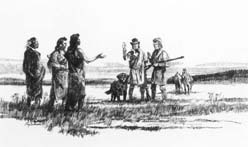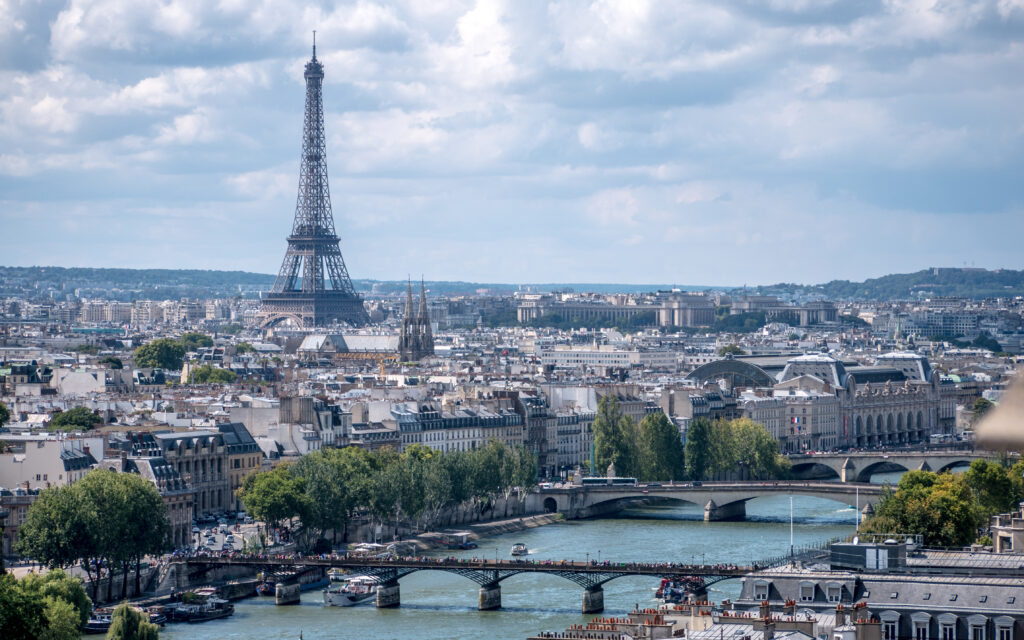India presents a captivating juxtaposition of ancient traditions and contemporary vibrancy, enriched by breathtaking natural landscapes and remarkable cultural diversity. For one intrepid traveler, this diverse nation has been a wellspring of inspiration, adventure, and wonder over the past decade. In this article, we explore some of his stunning photographs and compelling narratives, showcasing the profound experiences he has encountered throughout his journeys in this extraordinary country, offering a glimpse into the soul of India.

A traveler has visited many places in India.
The traveler, who goes by the username u/indiantraveller, posted a collection of his favorite pictures from his trips to India on Reddit, where they received over 10,000 upvotes and hundreds of comments. He said he started traveling in India when he was 18, and has visited 22 out of the 28 states so far. He said he loves exploring the different regions, cultures, cuisines, and landscapes of India, and hopes to inspire others to do the same, sharing his passion for this incredible country.
Some of the places he visited include:
1. Ladakh, a high-altitude desert in the Himalayas, where he witnessed the stunning Pangong Lake, the ancient monasteries, and the friendly locals.
2. Rajasthan, the land of kings, where he marveled at the majestic forts, palaces, and havelis, and experienced the colorful festivals, camel safaris, and desert camps.
3. Kerala, God’s own country, where he enjoyed the lush greenery, the serene backwaters, the exotic wildlife, and the delicious seafood.
Goa, the party capital of India, where he relaxed on the sandy beaches, indulged in the nightlife, and explored the Portuguese heritage, stands out as one of his favorite destinations.
5. Varanasi, the holy city of India, where he witnessed the spiritual rituals, the sacred Ganges river, and the vibrant street life.
6. Sikkim, the land of flowers, where he trekked in the Himalayas, visited the scenic lakes, and learned about the Buddhist culture.
7. And many more!
He said he usually travels solo, but sometimes joins groups or meets other travelers along the way. He said he prefers to travel by train, bus, or bike, as they are more affordable and allow him to interact with the locals and see the countryside. He said he stays in budget hotels, hostels, or homestays, and eats at local restaurants or street stalls. He said he spends an average of $15 to $20 per day, depending on the destination and the season, making his travels both economical and enriching.
He said he plans to visit the remaining six states in India, as well as some of the union territories and islands. He said he also wants to revisit some of the places he has already been to, as they always have something new to offer. He said he hopes to continue traveling in India for as long as he can, and share his experiences with the world.
We can provide some tips and resources to help you plan your trip to India.
The best time to visit India depends on the region and the climate. Generally, the winter months (October to March) are the most pleasant and popular, while the summer months (April to June) are hot and dry, and the monsoon months (July to September) are wet and humid. However, some places, such as Ladakh, are best visited in the summer, while others, such as Goa, are best visited in the winter, ensuring a diverse travel experience.
2. The visa requirements for India vary depending on your nationality and the purpose of your visit. Most foreign nationals need a valid passport and a visa to enter India, which can be obtained online or from an Indian embassy or consulate. You can check the official website of the Indian government for more information and apply for an e-visa here: https://indianvisaonline.gov.in/evisa/tvoa.html
The currency of India is the Indian rupee (INR), which can be exchanged at airports, banks, or authorized dealers. You can also withdraw cash from ATMs, which are widely available in major cities and towns. However, it is advisable to carry some cash with you, especially in rural areas or remote places, where ATMs may not be available or reliable. You can check the current exchange rate here: https://www.xe.com/currencyconverter/convert/?Amount=1&From=USD&To=INR, ensuring you are well-prepared for your travels.
4. The transportation options in India are diverse and plentiful, ranging from trains, buses, taxis, rickshaws, bikes, to planes, boats, and even camels. You can book your tickets online or at the station, or through a travel agent or a tour operator. You can also rent a car or a bike, but be prepared for the chaotic traffic and the driving rules (or the lack thereof). You can find more information and tips on traveling in India here: https://www.lonelyplanet.com/india/transport/getting-around
5. The accommodation options in India are also varied and abundant, catering to different budgets and preferences. You can choose from hotels, hostels, guesthouses, homestays, campsites, or even ashrams. You can book your accommodation online or on arrival, or through a travel agent or a tour operator. You can also use platforms such as Airbnb, Couchsurfing, or Workaway, to find alternative and authentic places to stay. You can find more information and reviews on accommodation in India here: https://www.tripadvisor.com/Hotels-g293860-India-Hotels.html
6. The food options in India are endless and delicious, reflecting the diversity and richness of the Indian cuisine. You can sample the regional specialties, such as dosas in South India, thalis in West India, momos in North India, or biryanis in Central India. You can also try the street food, such as chaat, samosas, or pav bhaji, which are cheap and tasty. However, be careful of the hygiene and the spice level, and avoid drinking tap water or unpeeled fruits. You can find more information and recommendations on food in India here: https://www.eater.com/maps/best-food-restaurants-india
7. The culture and etiquette in India are complex and fascinating, influenced by the history, religion, and society of the country. You can learn about the customs, traditions, and beliefs of the different communities, and respect their values and norms. You can also participate in the festivals, celebrations, and ceremonies, which are colorful and lively. However, be aware of the dress code, the body language, and the social norms, and avoid offending or hurting anyone’s sentiments. You can find more information and tips on culture and etiquette in India here: https://www.culturetrip.com/asia/india/articles/11-etiquette-tips-for-travelling-in-india/

India is a vibrant tapestry of culture, history, and diversity that promises to surprise, challenge, and enchant all who visit. From its breathtaking landscapes to its rich traditions, the country offers an experience that captivates the heart and ignites the spirit of exploration. Travelers often find themselves transformed by the profound connections and unique encounters that define their journey. For those eager to embrace an unforgettable adventure, India awaits, inviting you to discover its myriad wonders and leave with a deeper understanding of both the destination and yourself, making every moment memorable.
Related posts:
The 30 Best Places to Visit in India – Hippie In Heels
16 Best Tourist Destinations in India – TripSavvy
How Travel Has Changed: 1900s Through 2020s – Travel + Leisure



